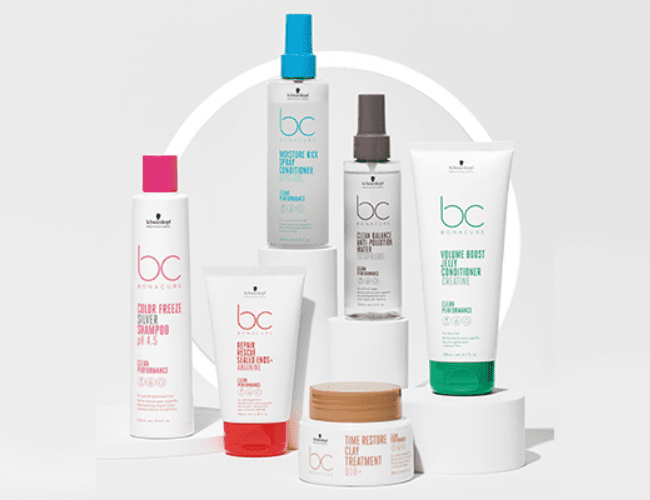
Prior authorization is a significant pain point for physicians and their care teams, as the process can delay care and create a mountain of time-consuming administrative tasks. The paperwork and approval process is so cumbersome that, according to a survey by the American Medical Association, 40% of physicians have additional team members dedicated to managing prior authorizations so they can remain focused on patient care. This leaves administrators with the headache of getting vital procedures and treatments approved quickly. This pursuit of expediting the long, drawn-out process has propelled many health plans toward gold carding programs.
Understanding gold carding: The benefits and implications
Gold carding is a common practice many health plans have deployed to address prior authorization. The process is intended to reduce prior authorization requirements for providers who meet high approval thresholds. In addition, it incentivizes physicians to provide care in line with evidence-based medical policy so they can get a “break” from the lengthy prior authorization process.
Some states, like Texas, have taken this a step further by implementing legislation designed to streamline the prior authorization process with a gold card loophole. This exemption is given to physicians who maintain a 90% approval rate for specific services over a six-month period, earning them gold card status. So, gold carding provides some reprieve from prior authorization delays, but at what cost? Even as the use of gold carding has increased in popularity–58% of health plans leverage gold carding for medical services–many health plans are beginning to see cracks in the foundation.
Gold carding is time-consuming, prone to errors, and often lacks the agility needed in today’s fast-paced healthcare environment. The primary drawback of gold carding is that without proper oversight, there is a potential for increased utilization, even among providers who had previously met stringent approval thresholds. In response to this system, a notable advancement known as “green lighting” is gaining traction. Green lighting is an alternative to the traditional gold carding process that uses real-time data to automatically determine specific authorization workflows without waiting months for retrospective data to analyze their performance. Green lighting reshapes how healthcare providers approach patient care, resource allocation, and operational efficiency.
Green lighting: A sustainable alternative to fixing prior authorization
Green lighting represents a departure from the manual and subjective nature of gold carding, embracing an approach rooted in real-time, code-level data that expedites the path of prior authorization approval for providers.
By leveraging advanced analytics, providers can harness the power of vast datasets to gain insights into patient populations, disease trends, and risk factors – through a more expedited, automated approach. When approval is not necessary, a provider with a green light status must still inform the health plan about the medical service, enabling the plan to consistently collect utilization data. Green lighting offers providers several valuable capabilities, including allowing real-time utilization monitoring, addressing patient safety concerns, and providing an opportunity to suggest alternative sites-of-service for procedures.
Green lighting is a more timely and flexible solution to fixing prior authorization. Additional benefits of green lighting include:
- Enhanced patient outcomes: Unlike gold carding, which operates retrospectively, green lighting prioritizes real-time data for informed decision-making. This commitment ensures that high-quality care remains a primary focus during the prior authorization process. Through continuous monitoring and analysis of service requests, healthcare organizations can pinpoint the most efficient providers, ultimately fostering an optimized process that leads to improved patient outcomes.
- Streamlined documentation: Green lighting holds a distinct advantage over gold carding by significantly streamlining paperwork and accelerating the prior authorization process. By leveraging automated data and analytics, green lighting not only alleviates administrative burdens for providers (compared to their current workflow) and health plans but also diminishes the likelihood of errors, ensuring more precise determinations and quicker access to care for patients.
- Physician evaluation: An issue with gold carding involves the potential for gaming the system, where physicians may strive to meet specific metrics to secure exemptions, risking data manipulation or neglecting critical aspects of care. Green lighting takes a more comprehensive approach by consistently monitoring service requests based on real-time analytics. This approach delivers a more accurate, holistic assessment of the quality of care provided, reducing the likelihood of system manipulation.
A clearer path forward
Embracing data-driven methods like green lighting is imperative to align with technological advancements in healthcare and meet evolving patient expectations. The real-time, automated nature of green lighting offers precise control without the setbacks or manual efforts inherent to conventional gold carding programs. This innovative new approach also ensures adherence to state-level and other gold carding regulations. As an increasing number of healthcare entities acknowledge the benefits of green lighting, the industry will persist in prioritizing data and analytics as crucial tools for elevating the quality, accessibility, and cost-effectiveness of healthcare.
Photo: Michael Burrell, Getty Images



